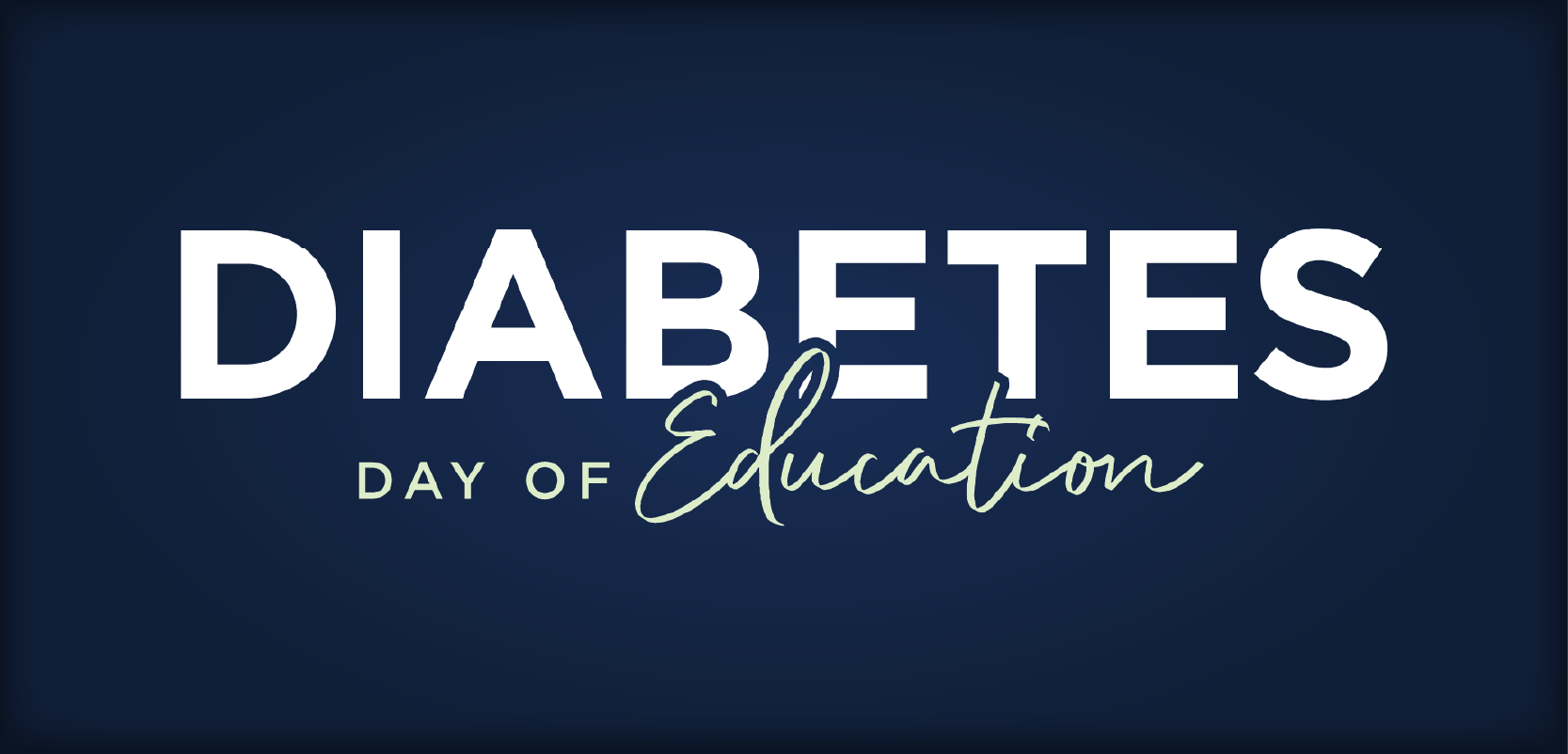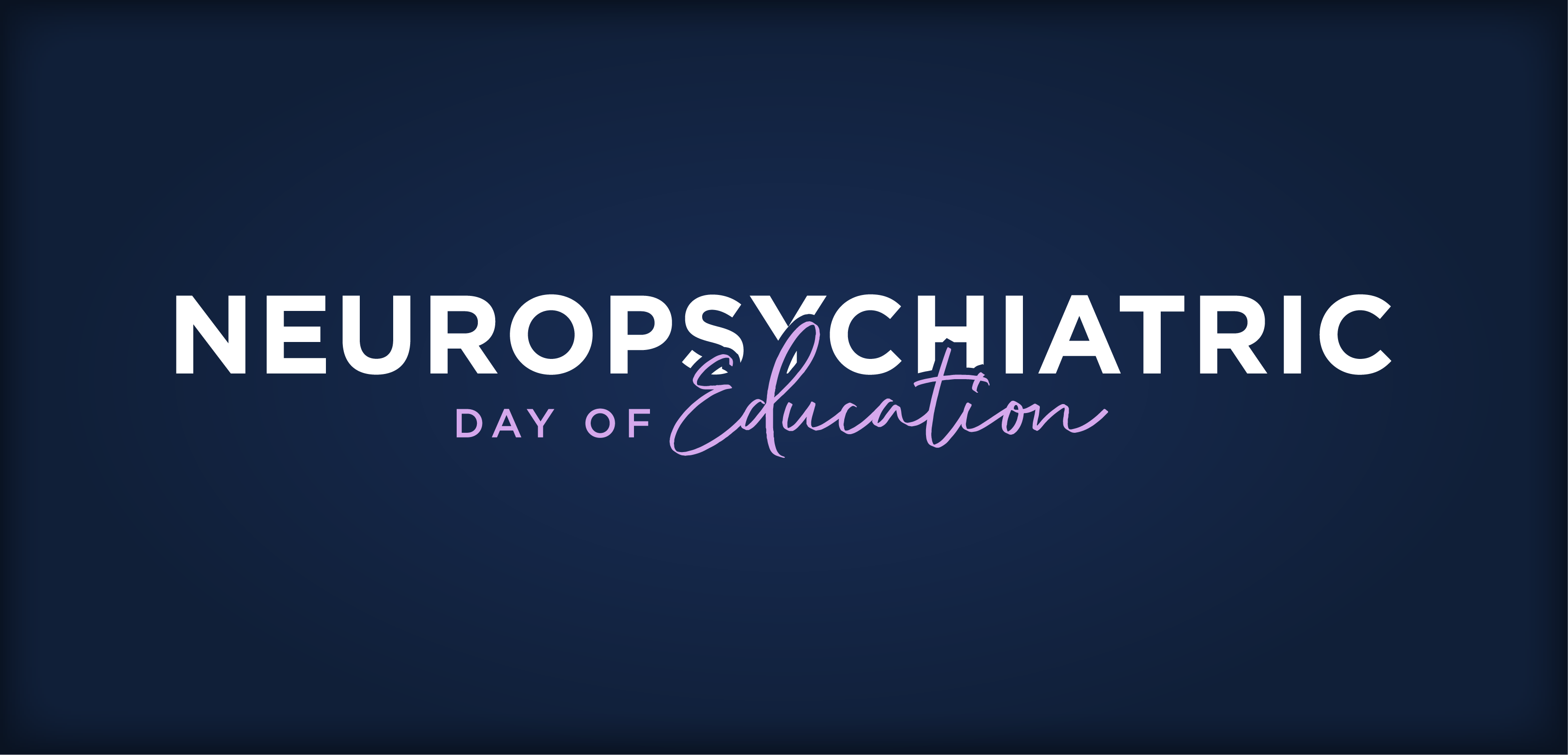
Solriamfetol Demonstrates Short-, Long-Term Efficacy in Promoting Wakefulness, Improving Quality of Life
The paper reviews the safety profile of solriamfetol in treating ES associated with OSA or narcolepsy and discusses subject areas such as pharmacology, clinical efficacy, and tolerability of the drug.
Treating excessive sleepiness (ES), which is a symptom of obstructive sleep apnea (OSA) and narcolepsy, with solriamfetol could be successful as an initial therapy or replacement therapy in patients who fail treatment or experience adverse effects from modafinil, armodafinil, pitolisant, or stimulants, according to a study published in Nature and Science of Sleep.
The paper reviews the safety profile of solriamfetol in treating ES associated with OSA or narcolepsy and discusses subject areas such as pharmacology, clinical efficacy, and tolerability of the drug. Trials conducted at the Treatment of OSA and Narcolepsy Excessive Sleepiness demonstrated these areas by reducing propensity to sleep and maintaining wakefulness with significant improvements in mean maintenance of wakefulness test (MWT) sleep latencies and significant reduction in Epworth Sleepiness Scale (ESS) scores compared to placebo.
Some highlights of the study include that treatment of narcolepsy is symptom-based and depends on the patient. For example, in patients with narcolepsy with cataplexy, wake-promoting drugs or stimulants are add-on medications, because these do not have an effect on other symptoms, such as cataplexy, sleep fragmentation, or rapid eye movement phenomena. However, drugs such as mazindol are a second-line treatment that carry a black box warning about primary pulmonary hypertension and cardiac valve dysfunction.
Additionally, the short- and long-term efficacy of solriamfetol has been demonstrated in TONES trials with a dose-dependent reduction in ESS, prolongation in mean sleep latency on MWT, and increased percentages reporting improvement on the Patient Global Impression of Change compared to placebo. Common adverse events include headache, anorexia, nausea, dry mouth, constipation, palpitations, anxiety/nervousness/irritability, and insomnia, according to the study authors.
They further noted that solriamfetol remains as adjunctive therapy for OSA, but it can also be effective as an initial or replacement therapy for residual ES in patients with OSA. For patients who have narcolepsy with cataplexy, it may be used as add-on therapy when ES is not controlled with medications such as sodium oxybate or pitolisant.
It may also be a better choice in patients with comorbid liver disease or in those who are taking medications that are metabolized through the cytochrome P450 enzymes, including hormonal contraceptives. The authors noted more specific therapies may be developed in the future for both OSA and narcolepsy that may influence the role of solriamfetol in the treatment of this patient population.
REFERENCE
Abad VC. Profile of Solriamfetol in the Management of Excessive Daytime Sleepiness Associated with Narcolepsy or Obstructive Sleep Apnea: Focus on Patient Selection and Perspectives. Nat Sci Sleep. 2021;13:75-91.
Newsletter
Stay informed on drug updates, treatment guidelines, and pharmacy practice trends—subscribe to Pharmacy Times for weekly clinical insights.



















































































































































































































